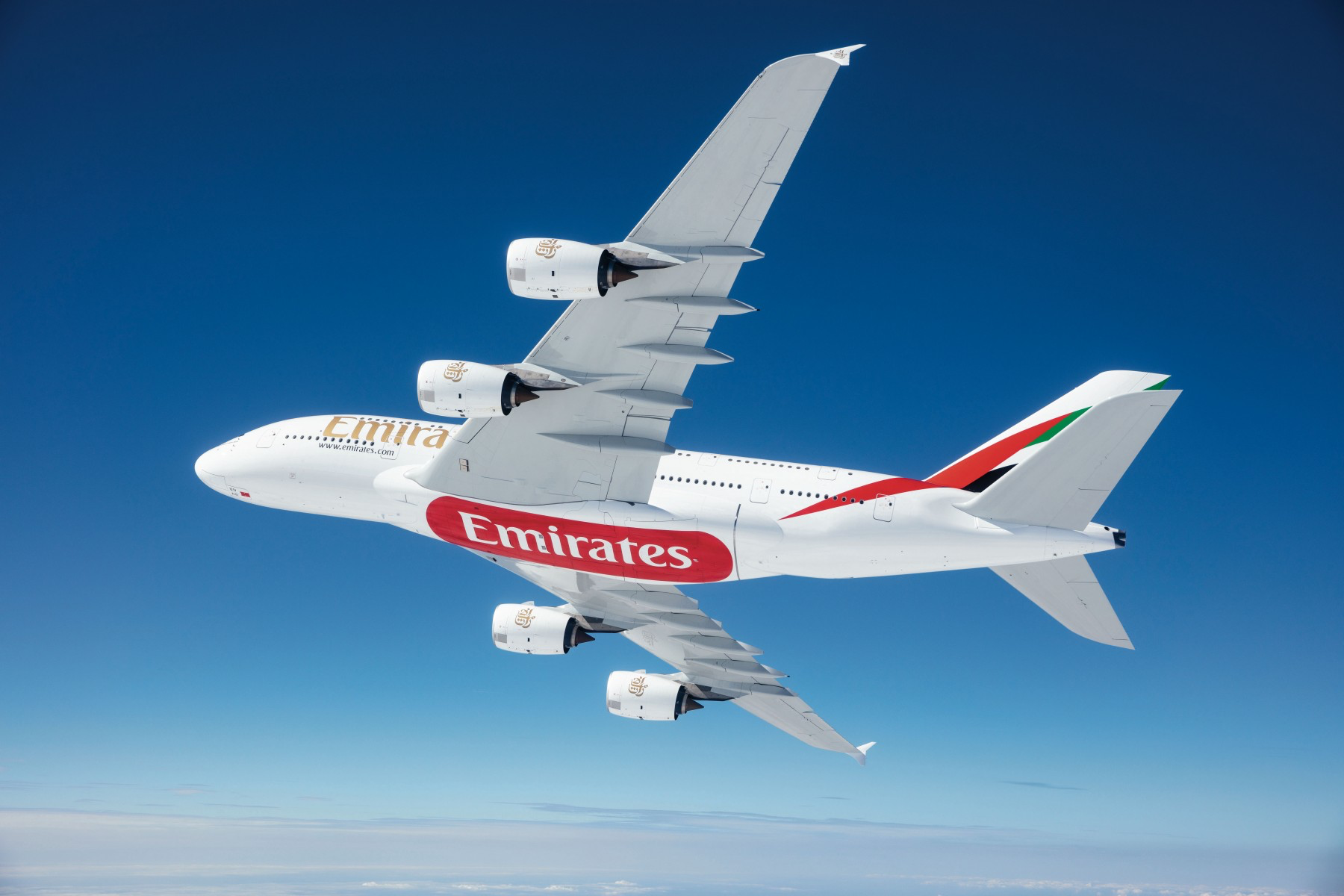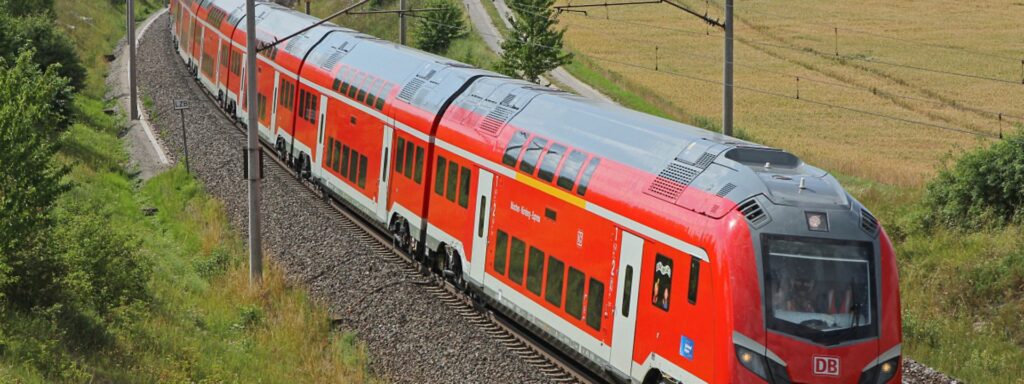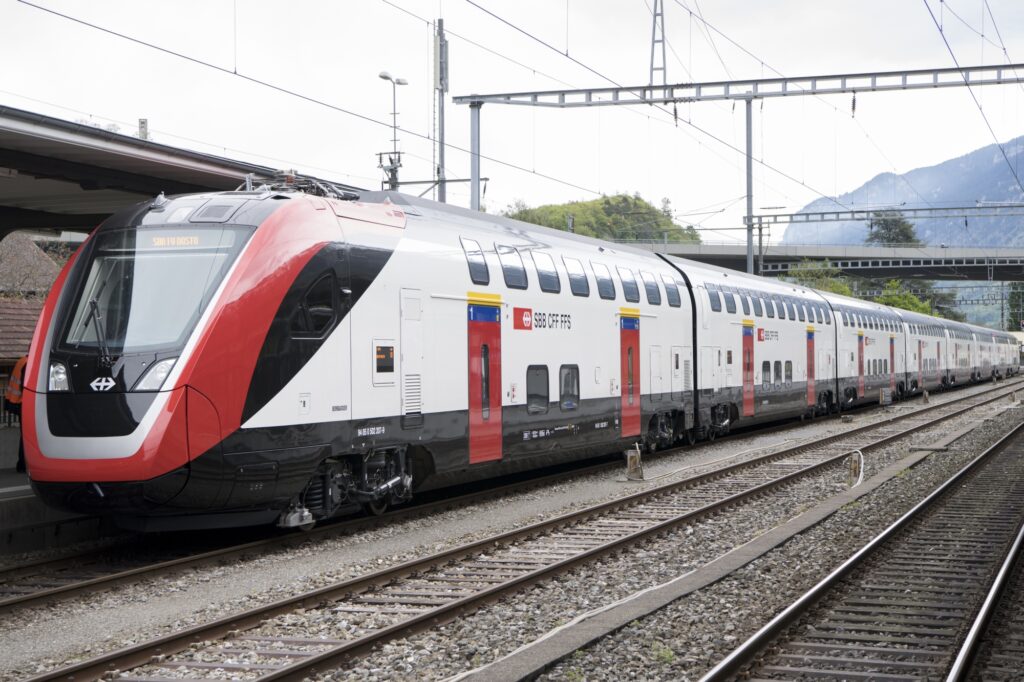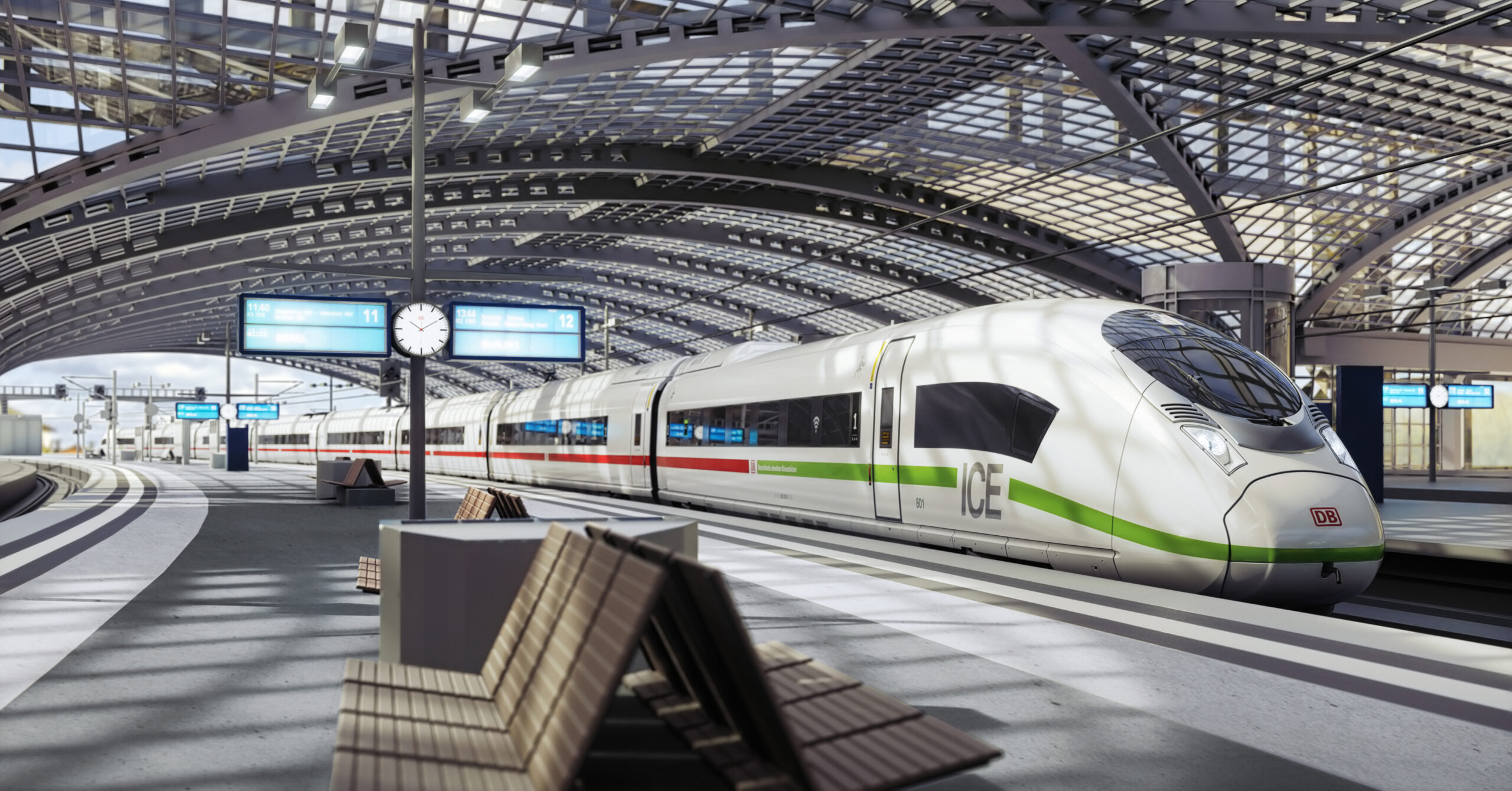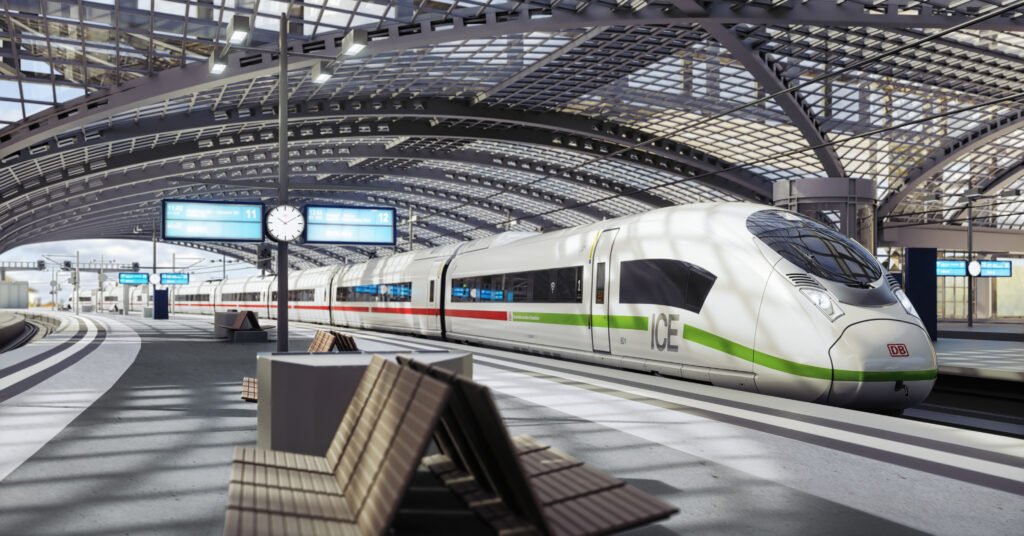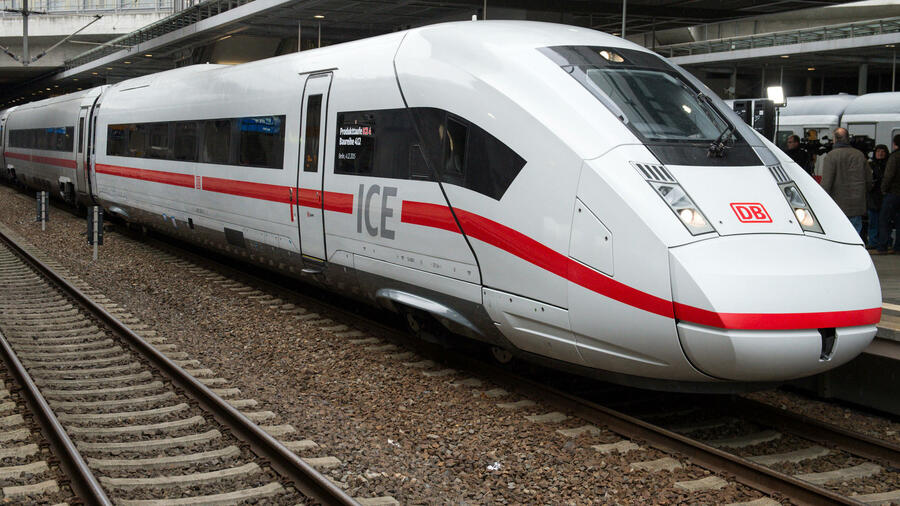Emirates will be ramping up operations to Jordan during the summer with the introduction of second daily A380 flight during the months of July and August. The airline will operate the second daily flight from 15-20 July 2021, ahead of the Eid Al Adha period. Emirates will also operate double daily A380 services from 10-31 August. The move to boost capacity between Dubai and Amman during these periods was driven by high forecasted passenger demand. The double daily A380 services to Amman also demonstrate the airline’s commitment to adapting its operations to better serve customers.
Emirates will also increase flights between Dubai and Amman from 12 to 14 weekly, from 1 July.
From 15-20 July 2021, and from 10-31 August 2021, Emirates flights EK 905 and 906 will be operated with an Airbus A380 in a three class configuration, featuring 14 luxurious First Class suites, 76 lie flat Business Class seats and 420 generously pitched Economy Class seats. Passengers in all classes will enjoy over 4,500 channels of films, TV shows, music and games, with an impressive selection of Arabic content, through ice, Emirates’ award-winning inflight entertainment system. What’s more, First and Business Class passengers can enjoy the Emirates Onboard Lounge, where they can safely network and enjoy the signature Emirates experience.
Since it safely resumed tourism activity in July 2020, Dubai remains one of the world’s most popular holiday destinations. The city is open for international business and leisure visitors. From sun-soaked beaches and heritage activities to world class hospitality and leisure facilities, Dubai offers a variety of world-class experiences. It was one of the world’s first cities to obtain Safe Travels stamp from the World Travel and Tourism Council (WTTC) – which endorses Dubai’s comprehensive and effective measures to ensure guest health and safety.
Emirates remains focused on taking various steps to ease travel and has been a leader in introducing initiatives in cooperation with health authorities and organisations to protect the health of customers and to ensure their safety. Emirates introduced measures on the ground throughout all touchpoints and onboard to provide its passengers with the highest safety and hygiene standards at every step of the journey. The airline has also recently introduced contactless technology to ease the customer journey through Dubai airport.
